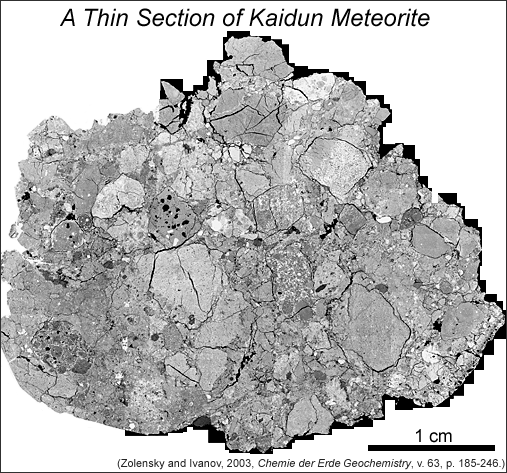Wadsworth wrote:As you go inside a body, the change in gravity is relative to the change in density of the material. So your statement would be true if you said, "gravity gets less as you go inside a body of uniform density." Or, "gravity gets less as you go inside a body who's density decreases toward its core." However, if the core of an object is more dense than it's outskirts, gravity will increase as you move toward the center.
I'm not vindicating the subsidence theory, just talking about gravity.
Thank you for that correction, Wadsworth! But worthwile thinking about the Earth. I am informed - correct this too, please - that an observer falling down an enormous well would feel a reducing gravitational acceleration as they approached the Center of the Earth, and none at all at the centre. Yet the core of the Earth is about four times denser than the crust.
Wadsworth wrote: Why would they need so much energy? I don't see a problem with the sliding or rolling boulder theory. These lines are likely a combination of your two theories. Caused by some inpact event at a shallow relative angle forming 'crater chains'. The gravel string or loosend material would still need to slide, roll, or be pulled as well to form such long and well defined lines.
The energy is needed to keep the rolling, sliding rock in contact with the surface. With such low G, an impacting object will blast off again if it survives contact. Granted, that gravity is so low that the impacting object will be baarely accelerated as it approaches, so a softer landing is possible, compared with an object appraoching a planet. But if it strikes glancing blow, it will not come back again, any more than two billard balls strike each other repeatedly, unless they bounce off the side of the table, of course.
But they aren't 'grooves'. They are confluent lines of impacts, crater chains. Look at the Wiki entry for Phobos. That includes some very good Viking pictures of the moon, and one from the Reconnaisance Orbiter, all happenign to show 'grooves' in glancing light.
See:
http://en.wikipedia.org/wiki/File:Phobo ... r_2008.jpg
and
http://en.wikipedia.org/wiki/File:Phobos-viking1.jpg
where this nature of the grooves is immediately obvious.
John
 Stickney Crater
Stickney Crater